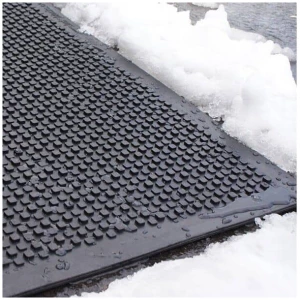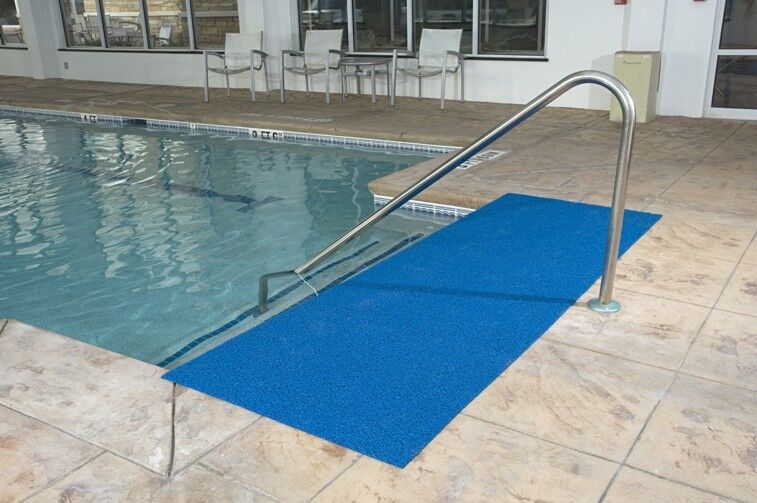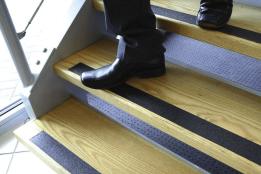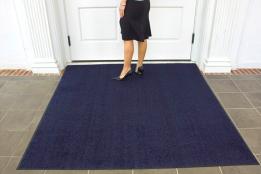Heated mats provide the much needed, but quite absent, warmth during the cold winter season. From melting snow and ice on residential walkways and stairs to providing anti-fatigue comfort in the workplace, these electrically heated mats offer a great solution for the unrelenting winter chill. Heated mats come in many different varieties, types and models and you need to consider a number of factors before getting one for your home or workplace. In addition to the basic purchase considerations like cost and quality, you should also keep the following tips in mind when choosing a heated mat.
Energy Efficiency
Because they are electrically powered/heated, heated mats contribute to the overall energy bill in a typical household. Therefore, you should always consider the energy efficiency of a specific heated mat model. The most recommendable heated mats feature both independent and interconnected electrical circuits. As such, you can opt to connect only the mats you need to heat specific rooms or areas in a home. Also, efficient models can be powered by a single electrical circuit or thermostat and they consume relatively little electricity per day.
Safety And Health
One of the most important considerations when buying any electrical installation or appliance is its safety and health standards. Similarly, you should take time to consider whether the desired heated mats pose any safety and/or health risks. Paradoxically, heated mats can be as harmful as they are protective. Check the product information labels to ascertain that the mat has fulfilled all the necessary safety and health standards. For security standards, consider whether the heated mat is GFCI (ground-fault circuit interrupter) protected to ensure that the mat poses no risk of electrical shocks. Choose a waterproof mat and ensure that it can’t cause fires. For a healthy choice, ensure that the mat does not produce electromagnetic radiation (EMR) or carbon dioxide emissions, and that it doesn’t cause dust circulation.
Functionality
Specific types of heated mats are installed in specific sites for defined functional needs. Choose the most befitting heated mats depending on your functional needs, such as residential outdoor heated mats to melt snow on walkways or anti-fatigue heated desk mats to keep the area under your office desk warm and comfy.
Although you are advised to select low-energy “consumers,” it is rather obvious that your functional heat/warmth needs will play a larger role in determining the most appropriate heated mats for you. Notwithstanding this fact, you should always go for the most efficient model in any category; whether indoor/outdoor or residential/industrial.
Installation And Operation
Regardless of the type of mat you are buying, whether heated, industrial or entrance mats, always consider their ease of installation and operation. For heated mats, choose a model that is easy to install, operate and maintain. Many types of heated mats can be easily installed as standalone units or interconnected to form a continuous system of snow-melting mats and stairway treads. Choose a model that is relatively easy to install depending on the installation site. The most appropriate model should be easy to lay, plug in, and enjoy. High-tech models allow you to “armchair-program” most of their functional settings, such as the on/off automatic operation, cycle rate adjustment, and temperature calibration.
Finally, your heated mat should be hardy and durable. It should survive long-term exposure to harsh weather, furniture “drags” and require little maintenance. The manufacturer’s warranty period will give you a good idea on the expected lifespan of any model.







